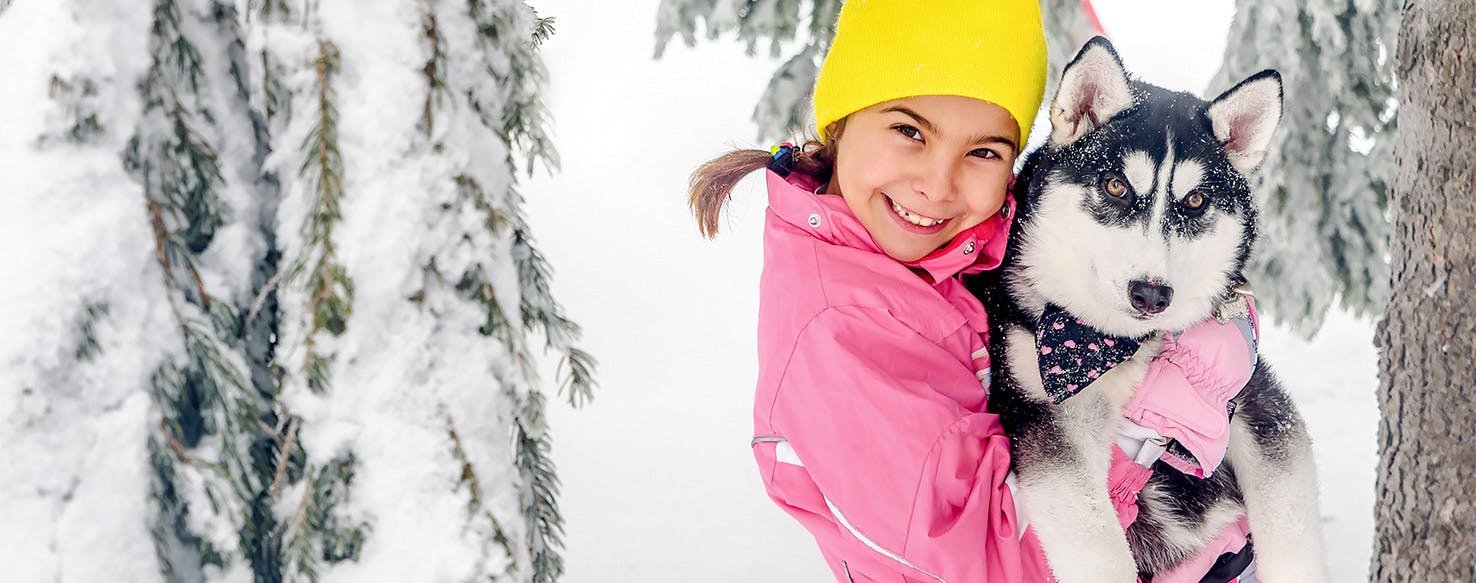- Home
- The Daily Wag!
- Senses
- Can Dogs Smell Bars?

Drug detection dogs are used by many organizations, including law enforcement agencies, to help sniff out certain types of drugs and drug paraphernalia.
Because of our lackluster noses, finding drugs can be very difficult for humans. However, a trained drug-detection dog is able to use their powerful sense of smell to pinpoint exactly where drugs are being hidden. Dogs can sniff out everything from marijuana, methamphetamines, opioids, ecstasy, cocaine, and bars (xanax). Read on to find out more!
Dogs are trained to react to the scent of drugs in many ways and the level of accuracy may vary slightly depending on the dog. Dogs are first given a scent of the drug they are looking for so that they know the scent when they find it.
Throughout the search, dogs can be leashed or may roam free - it all depends on the handler. When a scent catches a dog's attention and they are ready to alert their handler, the response, again, depends on the training. Some dogs are not trained to bark, while others are. Some are trained to touch their noses to the area where the drugs are hidden. Some are also trained to just sit in front of the location and stay there until their handler comes by.
Even further, some dogs are trained to alert to hidden drugs in an "aggressive way." Dogs may dig or paw at the location of the drugs, but they understand that they must never harm the location or the person who has the drugs.
Body Language
Here are some signs that signify a dog has detected drugs:
- Growling
- Staring
- Alert
- Barking
- Guarding
- Scratching
- Sniffing
Other Signs
Some other signs may include:
- Digging At A Certain Location
- Focused Concentration
- Raising Their Ears
Dogs have incredibly powerful noses, which has given humans a leg-up on scent detection. Bomb-sniffing dogs were introduced in the 1940s in order to detect German bombs. Once this proved successful, dogs were trained to sniff out other contraband in the 1970's as drug use in the United States was on the rise.
Today, dogs are mostly only used to detect contraband and illicit drugs rather than medications. "Bars" are a popular form of Xanax; a medication that is prescribed for anxiety and depression.
Although dogs are not yet utilized to sniff out medications like Xanax, if drug abuse continues, it is not far-fetched to believe that dogs will be used for this purpose in the near future. Because dogs have such powerful noses, it is more of a question of when rather than if.
Dogs have 100,000 times more scent identification than us, humans do, so you can train a dog to find just about anything by using positive reinforcement training.
Drug-detecting effectiveness depends on the breed of dog, so that is important to remember throughout training. For instance, Bloodhounds have at least 300 million scent receptors in their noses, while German Shepherds or Beagles have about 225 million. However, this sensitivity is still very strong, and most dogs are capable of recognizing illicit compounds at a ratio of five parts per billion.
What matters even more than breed is the personality of the dog. Trainers would rather see traits that allow each pup to be good at what they do. Hunting and tracking abilities might be obvious, but drug dogs also need to be in good physical shape, independent, agile, and crave praise and a good treat. Dogs who are easily distracted or uninterested in hard work are simply not fit for the job.
For example, Hornbecks.net, a K-9 training center, requires a drug detection dog to know how to alert their handler, find illicit substances in 10 minutes or less, and show proficiency in searching a variety of indoor and outdoor areas.
The National Narcotic Detector Dog Association is a nonprofit organization that certifies drug detection pups for all sorts of uses, including but not limited to: police units, body searches, explosive devices searches and drug searches.
However, the dog and trainer must both be a part of the Federal Armed Forces or Armed Force reserves in order to obtain certification. A standard certification includes the ability to identify marijuana and cocaine, but allows the option to learn how to identify additional drugs.
However, certain private organizations are known for providing drug detection training for parents, businesses, and halfway houses. Although the dogs are not certified through the National Narcotic Detector Dog Association, they still must go through the same training processes and procedures that dogs a part of the organization must go through. If you are interested in training your dog for scent detection, reach out to your local private organization for details.
Have questions or concerns about your pet?
Chat with a veterinary professional in the Wag! app 24/7.
Get Vet ChatWritten by Olivia Gerth
Veterinary reviewed by:
Published: 04/23/2018, edited: 04/06/2020
More articles by Olivia Gerth

